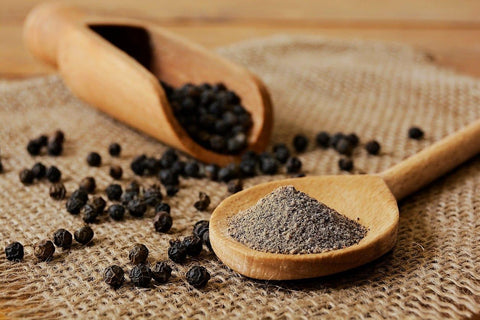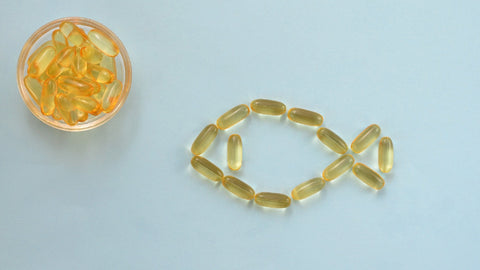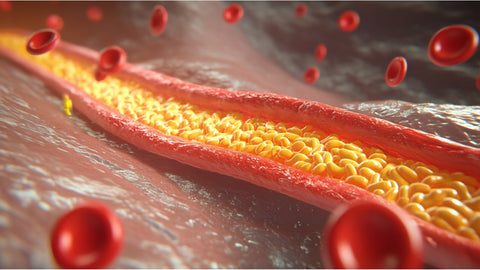
Gastronomy is very broad . The good seasoning of the dishes prepared depends, to a large extent, on the condiments that are usually used in certain regions. However, there is one spice that is considered the most popular in all types of cuisine: pepper .
Pepper is “that little touch” that is needed in all kinds of recipes. Did you know that in addition to seasoning food, it also has medicinal properties? It is an expectorant and antiseptic . In addition, it contributes to better digestion thanks to its piperine content. In this post we will reveal everything you need to know about the queen of spices.
Nutritional information of pepper
100 g of pepper provide the following nutritional values:
- Calories 280kcal
- Fiber 26.5 g
- Fat 3.3 g
- Sodium 44 mg
- Potassium 1260 mg
- Carbohydrates 38.3 g
- Proteins 10.9 g
What is pepper?
Pepper is a round, red fruit of the pepper tree , a member of the Piperaceae family. This spice is harvested just as it is about to ripen. It is dried in the sun and fermented.
It is commonly used to season food in its dried form. It has a dark colour and a spicy and aromatic flavour.
The pepper fruit is actually a drupe that can be used either whole or in powder form. In this way, several types of pepper can be obtained: black, white, green, etc. The difference between them is the level of ripeness of the grain.
Types of pepper
There are different types of pepper, including black, white and green pepper. However, you can also get pink or red pepper.
It is important to note that they all come from the same plant. Therefore, the difference is determined by the harvesting or preparation process.
- Black pepper. In this form, the fruit is not fully ripe, it dries until it wrinkles. The process generally lasts a little over a week. It is quite spicy and its flavour is penetrating. It is used to season stews, salads, white meats, etc.
- White pepper . The pepper fruit is ripe. Although its colour turns red, it is soaked in salted water to remove the colour. Once this process is complete, it is dried in the sun and crushed. It has a very mild flavour, although it is spicy. It is ideal for seasoning white sauces. It is known as " mignonette ".
- Green pepper. The fruit is picked green or tender. It is dried and crushed. It is not very spicy but provides a fruity flavour.
- Red pepper. Also known as cayenne pepper, it is very spicy and can add color to foods.
In some regions, other varieties of pepper are available. For example, in Peru and Brazil, pink pepper is used, and in Mexico, allspice or Tabasco pepper is consumed. In short, we can highlight that the variety depends on the level of ripeness or grinding.
Medicinal properties of pepper
Pepper not only enhances the flavor of dishes, but also provides nutrients and minerals that contribute to good health.
- It has fiber.
- It is expectorant and antiseptic.
- It has minerals such as magnesium, calcium, iron, potassium and zinc.
- It is an antioxidant.
- Provides vitamins A and K.
- Its piperine content encourages skin pigmentation. It is ideal for patients with vitiligo.
Health benefits of pepper
Pepper is the queen of spices due to its great versatility in the kitchen. You can also get black pepper essential oil, which is very useful for giving relaxing massages that stimulate the senses.
However, its properties and nutritional contributions make it a great ally for health.
Promotes digestion
Piperine is an alkaloid present in this condiment. This substance allows the release of digestive enzymes from the pancreas, contributing to better digesting food.
Its effect on the digestive system is so favorable that it also helps reduce gas and flatulence.
Prevents premature aging
Its antioxidant power and beta-carotene content help fight free radicals. This helps prevent cell damage and reduce facial lines caused by the effects of radiation.
Its benefits in this field are achieved after daily consumption in meals or by making teas mixed with lemon.
Relieves pain
One of the components of pepper is capsaicin , which is an active component of hot peppers (chili peppers). Black pepper or cayenne pepper affects nerve cells, reducing pain. It also works as a natural anti-inflammatory.
Relieves flu symptoms
Pepper has active ingredients that help expel phlegm and mucus. Its expectorant effect has been known for decades, making it one of the oldest remedies against the common cold.
It is used as an infusion with a little honey and is taken twice a day.
Precautions when using pepper
Although pepper has medicinal properties that contribute to maintaining good health, it should be taken with caution and in small quantities.
- Pepper can cause burns in the mouth if consumed in high doses.
- It causes eye irritation, so it is not recommended to apply it in this area.
- Although it can be consumed during pregnancy, it should not be taken in large quantities because it can cause stomach discomfort.
Contraindications of pepper
This condiment is contraindicated for some people:
- Patients with hypersensitivity: Pepper can cause skin irritation in those who are allergic to some of its components, even in oil forms.
- Pathologies: Patients with dumping syndrome, irritable bowel syndrome and other digestive disorders should avoid consuming pepper.
- It is contraindicated in patients suffering from hemorrhoids.
Ultimately, whether used as an infusion, condiment or essential oil, pepper has health benefits. However, to avoid risks, it is extremely important to use it in the correct dosage. If you have any doubts, you should consult a medical specialist.





Comments (0)
There are no comments for this article. Be the first one to leave a message!